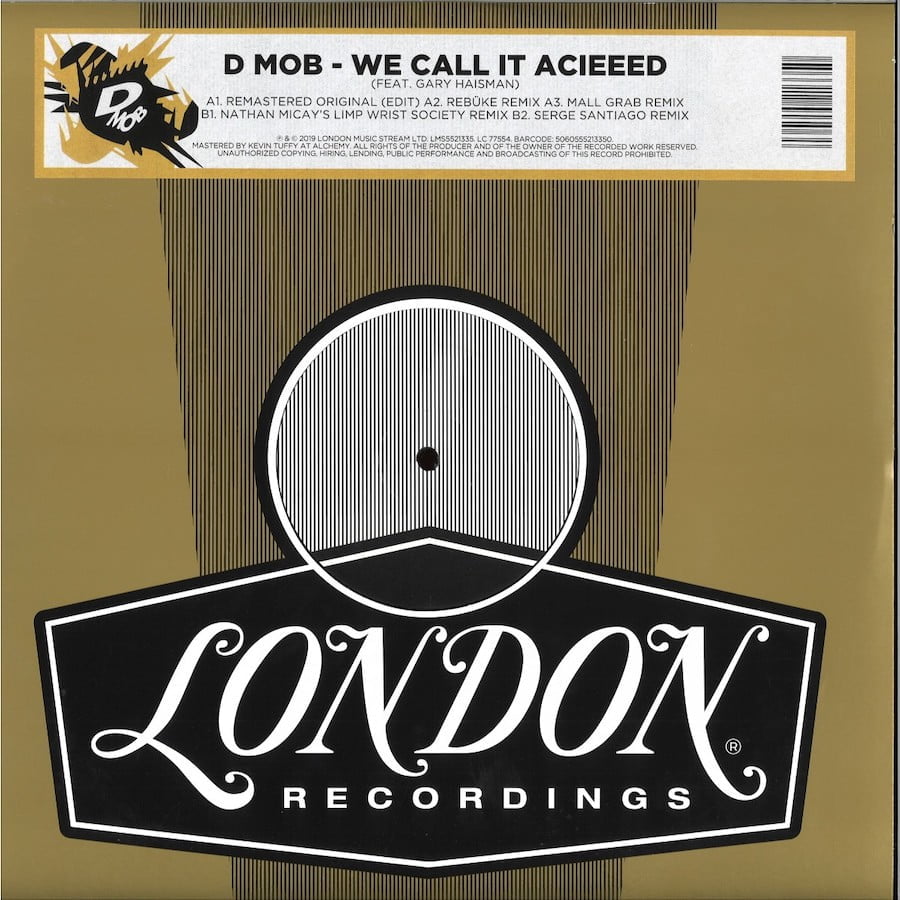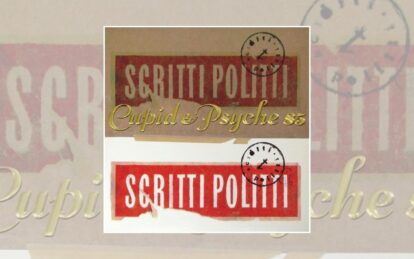 The tabloids are in a lather about acid house, but it’s just great dance music at the end of the day…
The tabloids are in a lather about acid house, but it’s just great dance music at the end of the day…
What is it?
Though it was a movement that was arguably most popular in the UK, acid house’s origins lie across the pond, in Chicago, in fact, where a gaggle of DJs, such as Nathaniel ‘DJ Pierre’ Jones, Earl ‘Spanky’ Smith Jr, and Herbert ‘Herb J’ Jackson, first popularised the sound.
Of course, it evolved from house music (with a little dash of Detroit techno, New York disco and Euro electropop thrown in), defining itself by the squelching basslines of the Roland TB-303 electronic bass synthesizer-sequencer.
It arrived in the UK via Ibiza. One night in September 1987, four DJ mates – Paul Oakenfold, Johnny Walker, Nicky Holloway and Danny Rampling – sampled ecstasy for the first time at the island’s famed Amnesia club.
That day, its DJ was spinning some of the latest house records from Chicago, and the four Brits were entranced by their minimalist beats. Individually, they began playing those records at their own clubs and by 1988 acid house, as it was now called, dominated UK clubland.
It even came with its own logo. The yellow smiley face was the iconic symbol of acid house, finding itself on badges, T-shirts and in the video for one of the movement’s signature songs, D-Mob’s We Call It Acieed.
Though its name confused the British press who believed that all these swivel-eyed clubbers were off their tits on LSD, it was ecstasy, of course, that fuelled the acid sound. The etymology of its name isn’t clear. Some say it derives from the 1987 disc Acid Tracks by Phuture, while other accounts say that it simply reflected the disorientating effects of the music.
Either way, its pharmaceutical connotations were enough to send the tabloids into a moral tizz. Headlines such as “The Evils of Ecstasy”, linking the acid house scene with the newly popular drug hastened the genre’s demise, as the government ordered a crackdown on clubs, and any records that referenced acid were de-playlisted.
Though acid house in its purest sense was over by 1989, its influence could be heard in many of the indie-dance records of the early 90s, while the TB-303 continued to be used in tracks such as Josh Wink’s Higher State Of Consciousness and Daft Punk’s Da Funk.
- Read more: Acid House – the second Summer of Love
- Read more: Top 20 house hits
Essential singles
Phuture – Acid Tracks
Phuture – DJs Earl ‘Spanky’ Smith Jr, Nathaniel Pierre Jones, aka DJ Pierre, and Herbert ‘Herb J’ Jackson – formed in 1985 and produced this track, which originated under the title In Your Mind, in the same year. It caught on after house DJ Ron Hardy began spinning it at his Muzic Box club in Chicago and became known on bootlegs as Ron Hardy’s Acid Track. Phuture then connected with producer Marshall Jefferson who slowed the track down from its original 130bpm to 120bpm. The result was one of the defining 7” records of acid house, and a fixture of UK clubs such as London’s Shoom and Manchester’s Haçienda.
D-Mob – We Call It Acieed
If you ask Joe or Jane Public to name an acid house song, the likelihood is they’ll reach for this one, simply for the fact that it reached UK No.3 and was – before its removal from the BBC playlist anyway – seemingly everywhere in late 1988. The artist was D-Mob, or rather Daniel Kojo Poku, whose only LP, A Little Bit Of This, A Little Bit Of That (which featured two songs with Cathy Dennis), would peak at No.46. The video features DJ and acid house guru Gary Haisman (who died in 2018) shrieking the word “acieed!” in front of a bunch of dancers all wearing yellow face masks, to the consternation of the UK press.
Humanoid – Stakker Humanoid
We Call It Acieed is the go-to for the average joe, Stakker Humanoid is the one dedicated house-heads would cite as the defining tune. Video artists Mark McClean and Colin Scott approached Brian Dougans (Future Sound Of London), who composed the track, sampling the video game Berzerk. A crossover smash, it made UK No.17.
- Read more: Popscene – baggy
Essential artists
Earl Smith Jr
One of the founding fathers of acid house, Smith was a member of Phuture, remaining part of the outfit until their split in 1990. He then released a series of tracks under the name of Spanky until Phuture reformed in 1996. He suffered a stroke in May 2016 and died the following September at the age of just 51
Sleezy D
One of the unheralded pioneers of acid house, Sleezy D was behind one of the gnarliest of early house records, 1986’s I’ve Lost Control. Despite the track’s success, Sleezy (real name Derrick Harris) kept a low profile in the years after. Before his death from kidney failure in 2019 it was said he had been working on an album with Marshall Jefferson and UK house producer Steve Mac.
DJ Pierre
Like Earl Smith Jr, Nathaniel Pierre Jones, aka DJ Pierre, was a member of acid pioneers Phuture. He’s recorded under a number of aliases during the past four decades, including Disco Fuhrer, One Screaming Idiot, Pfantasia, Phugitive, Raving Lunatics and X Fade. After Phuture he joined Strictly Rhythm Records as an A&R man. He’s still working now, both as a member of Phuture and as a much-in-demand DJ.
Marshall Jefferson
Chicago house titan Marshall Jefferson (pictured) remains most famous for his 1986 track Move Your Body. Recording under various monikers over the years including Virgo, Jungle Wonz, Truth and On The House, Jefferson has also produced such artists as CeCe Rogers and Sterling Void, as well as Ten City’s first two albums. Though born in the Windy City, he later relocated to the UK and released the single Be Free with R&B singer Byron Stingily in 2021.
- Want more from Classic Pop magazine? Get a free digital issue when you sign up to our newsletter!
Classic Pop may earn commission from the links on this page, but we only feature products we think you will enjoy.






